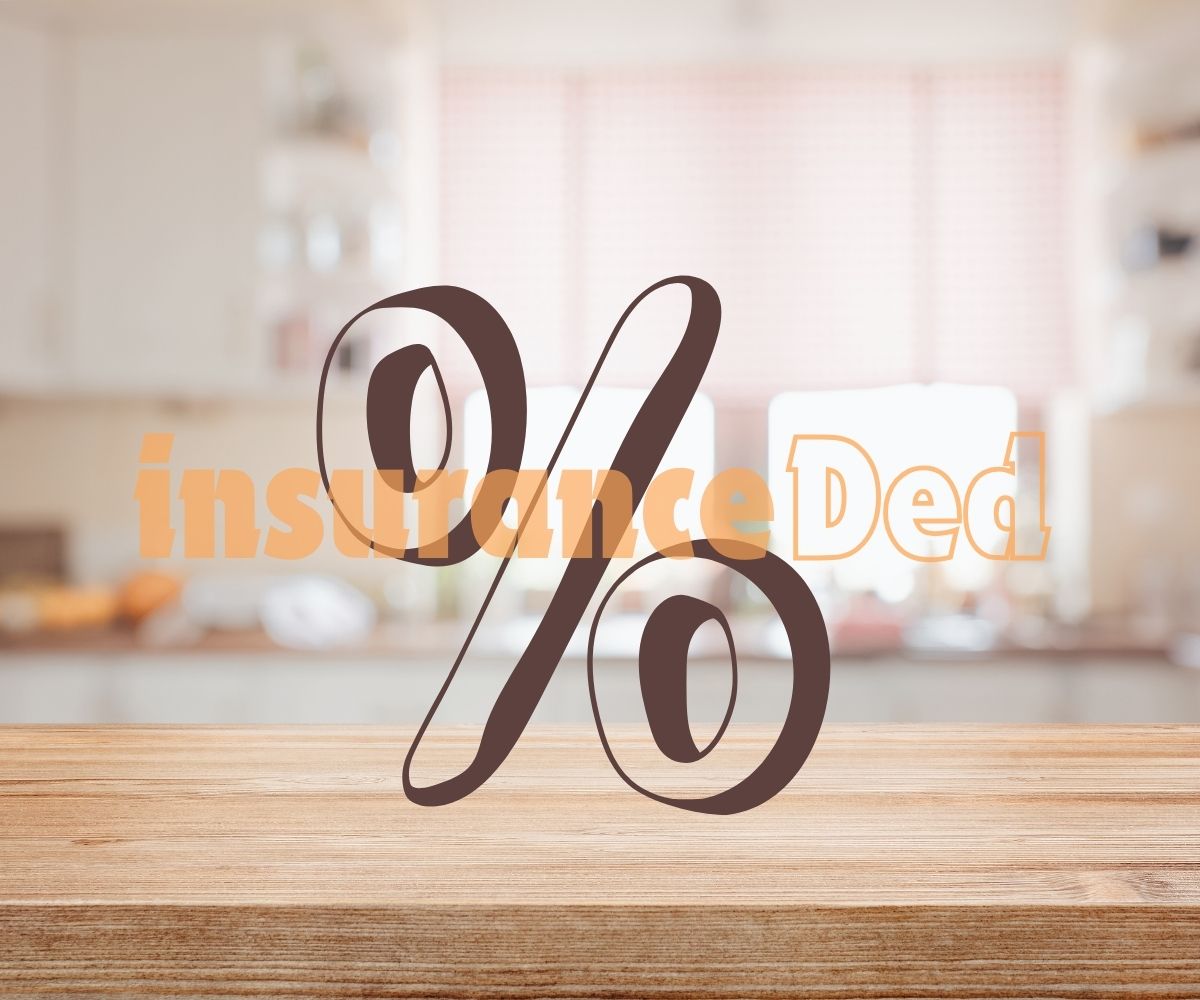This pivotal question probes whether the shift to percentage deductibles could revitalize a property casualty market suffering from severe strain. The answer hinges on multiple facets that influence the stability and attractiveness of the insurance market.
Understanding Percentage Deductibles
Percentage deductibles are calculated as a percentage of the insured value of the property, rather than a fixed dollar amount. For instance, if your home is insured for $300,000 and you have a 2% deductible, you would be responsible for $6,000 in the event of a claim.
This approach is commonly used in specific types of insurance, such as earthquake insurance in California which is at a much higher percentage at 10% but most have 15% deductible. In this example for earthquake insurance, your dwelling amount is $300,000 and if your deductible is $15%, it would be $45,000. The Northridge earthquake in 1994 had a devastating impact on the market, causing many insurers to withdraw. The introduction of percentage deductibles became a pivotal factor in revitalizing California’s earthquake insurance market.
Potential for Market Revival
The introduction of percentage deductibles can indeed inject a new lease of life into a weak property casualty market. By transferring a portion of claim expenses to policyholders, insurers can mitigate financial exposure and stabilize their bottom lines. This financial soundness may lead to renewed confidence among insurance companies, encouraging them to return to markets they had previously abandoned due to excessive risk.
Re-Entry into Abandoned States
Insurance companies might look favorably upon re-entering states they previously deserted if the landscape shows signs of sustainable risk management. The adoption of percentage deductibles could serve as a catalyst for this shift, as it promotes better risk-sharing between insurers and policyholders. With controlled reinsurance costs and improved risk management practices, insurers may find these markets more economically viable than before.
Impact on Policyholders
While percentage deductibles can help insurers manage their costs and risks more effectively, they also have significant implications for policyholders:
- Higher Out-of-Pocket Expenses:
Homeowners need to be prepared for potentially higher out-of-pocket costs when filing a claim. This can be a financial burden, especially for those who are not adequately prepared.
- Incentivizes Risk Mitigation:
On the positive side, the prospect of higher deductibles may motivate homeowners to take preventive measures to protect their property, potentially reducing the likelihood of filing a claim.
- Complexity in Understanding Policies:
Percentage deductibles can add a layer of complexity to insurance policies, making it crucial for policyholders to thoroughly understand their coverage and the financial implications of their deductibles.
Why Are Insurance Companies Adopting Percentage Deductibles?
The primary reason behind this shift is financial stability and risk management. Here’s a detailed look at the key factors driving this change:
1. Rising Reinsurance Costs
Insurance companies rely heavily on reinsurance to manage their risk exposure. However, the reinsurance market has been challenging in recent years, especially in high-risk areas like Florida. Reinsurers have faced substantial losses due to natural disasters and rising claims severity from social and economic inflation. Consequently, they have increased rates, reduced capacity, and pushed for higher retentions and lower limits.
2. Cost Management
With the cost of reinsurance more than doubling between 2019 and 2023—from $3.1 billion to $6.4 billion for active Florida personal property specialists—primary carriers have had to find ways to manage these escalating costs. One solution has been to implement percentage deductibles, which effectively transfer more financial responsibility to policyholders and reduce the total payout insurers need to make.
3. Sustainability of Premiums
Primary carriers have significantly increased rates to keep pace with rising reinsurance costs. Despite this, the growth in direct premiums written has not matched the growth in ceded premium, leading to constrained margins. By adopting percentage deductibles, insurers can control their expenses without constantly hiking premiums, making their policies more sustainable over the long term.
4. Improved Risk Sharing
Percentage deductibles encourage policyholders to engage in better risk management. Knowing they will be responsible for a higher out-of-pocket expense in the event of a claim, homeowners may be more inclined to invest in risk mitigation measures, such as stronger building materials or improved home security systems.
In summary, while percentage deductibles hold promise for rejuvenating a struggling property casualty market and potentially attracting insurers back to previously deserted states, this approach is not without its challenges. Few to no insurance options for consumers is not a solution; it is a disaster in the making. Thinking outside the box, such as implementing percentage deductibles, may offer a balanced solution. However, there are challenges to consider. Percentage deductibles entail higher out-of-pocket costs for policyholders, which may not be well-received universally, especially for higher valued homeowners.


